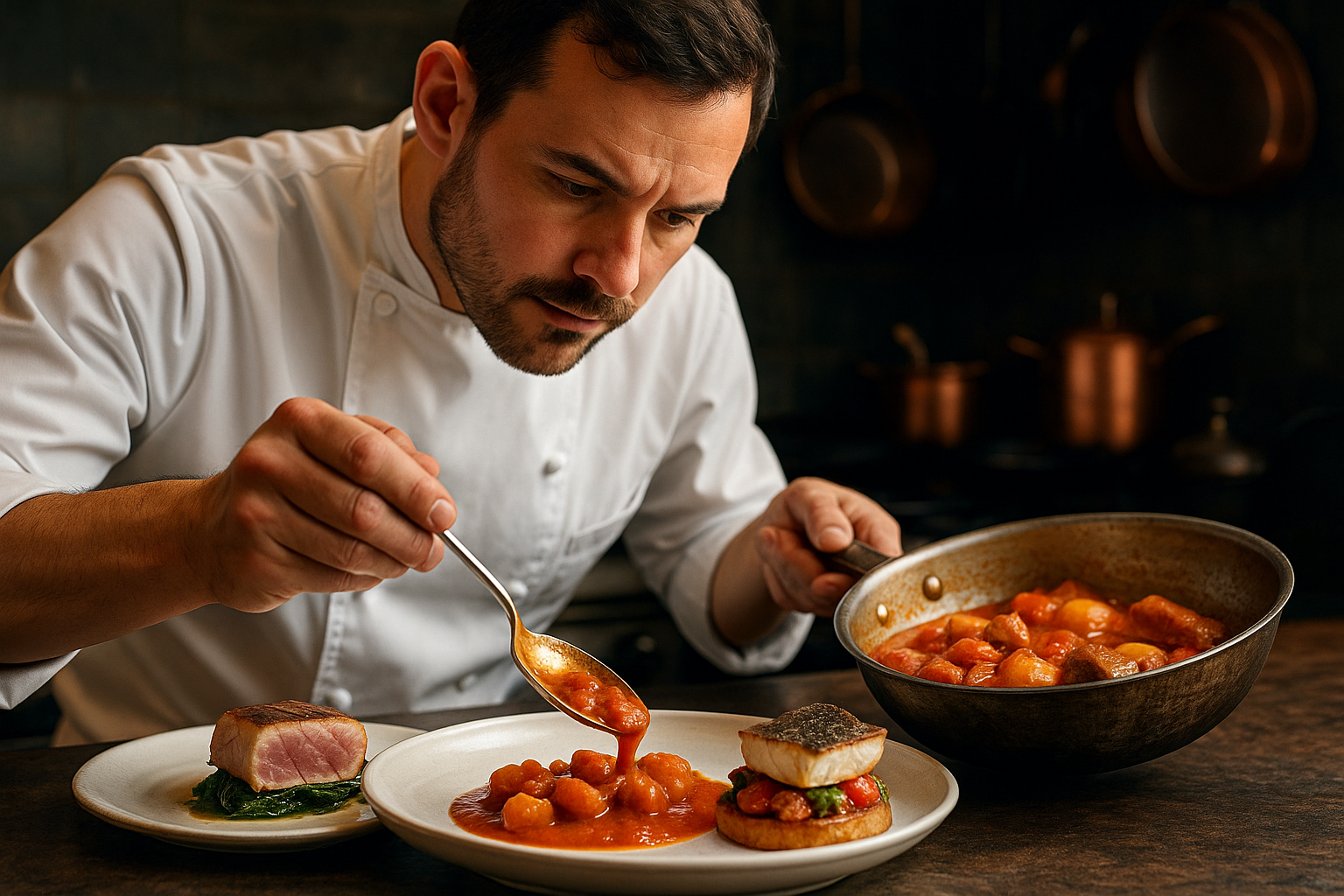Regional recipe swaps that add variety to weekly meal plans
Swapping in a few regional recipes each week is an easy way to widen the menu without overhauling shopping lists or cooking skills. By borrowing techniques, ingredients, and flavor pairings from different culinary traditions you can keep dinners interesting, use seasonal produce efficiently, and learn simple plating and beverage pairing ideas that make meals feel new.

How can culinary swaps broaden weeknight menus?
Introducing small culinary shifts—like changing a spice blend, starch, or cooking technique—refreshes familiar recipes without requiring new equipment. A standard roast chicken can take on Moroccan character with preserved lemons and cumin, or go Southeast Asian with lemongrass and fish sauce. These swaps expand flavor profiles while keeping preparation time reasonable, which helps sustain weekly planning. Thoughtful swaps also help with ingredient sourcing: a pantry staple from one region can often be substituted by a locally available item, keeping costs and waste down.
What regional cuisines inspire simple recipe swaps?
Look to regional cuisine for scalable ideas: Mediterranean dishes emphasize olive oil, citrus, and herbs; East Asian cooking focuses on umami, quick stir-fries, and fermented condiments; Latin American plates often pair beans, corn, and bright chiles. Choosing a cuisine as inspiration means you can swap a single component—like using panela or panela-style cheese instead of cheddar—to suggest a different regional direction without changing the entire recipe. That approach offers fresh recipes every week while preserving the structure of weeknight cooking.
How to adapt recipes with seasonality and sourcing?
Seasonality and responsible sourcing make swaps both flavorful and sustainable. Match recipes to what’s available at local markets: spring greens replace heavier winter vegetables, and late-summer tomatoes can become the base for sauces and salads. Sourcing from seasonal suppliers or artisan markets reduces transport footprint and supports local producers. When an ingredient isn’t in season, consider preserved versions or fermented substitutes that capture similar taste profiles and extend variety across the year.
Can streetfood and artisan dishes fit home meal plans?
Streetfood and artisan offerings are rich sources of compact, high-impact recipes. Many streetfood dishes are designed for speed and bold flavor—think tacos, skewers, or rice bowls—which translates well to home kitchens. Artisan products, from charcuterie to hand-made cheeses, can be used sparingly to elevate a weeknight dish. Visiting local markets for inspiration shows how vendors pair textures and sauces; recreating those combinations at home keeps meals interesting without adding complexity.
How to use fermentation, pairing, and plating for variety?
Fermentation introduces depth and can transform simple recipes: a quick kimchi or pickled cucumber adds acidity and complexity to sandwiches, grains, and salads. Thoughtful pairing—matching a beverage or side that complements the main—enhances perceived variety even when core recipes are similar. Simple plating techniques, such as layering textures or adding a fresh herb finish, make the same set of ingredients feel distinct. These small touches help maintain interest in weekly menus without extensive shopping or prep time.
Where do beverages, sustainability, and gastronomy fit in weekly plans?
Beverage choices—from herb-infused waters to regionally inspired teas—reinforce a theme and can be prepared ahead to streamline meals. Sustainability ties into ingredient choices and waste reduction: using bones for broth, repurposing vegetable scraps, and buying from markets that emphasize artisan and local sourcing lowers environmental impact. Applying basic gastronomy principles—balancing salt, acid, fat, and heat—lets home cooks swap regional elements while keeping recipes balanced and enjoyable.
Conclusion
Regional recipe swaps let you rotate tastes, textures, and techniques across the weekly calendar without introducing complicated steps. By focusing on seasonality, mindful sourcing, and small finishing touches like fermentation, pairing, or plating, you can create varied meals that reflect different culinary traditions while staying practical for everyday cooking.





